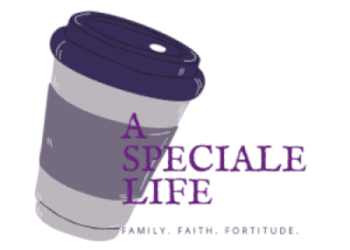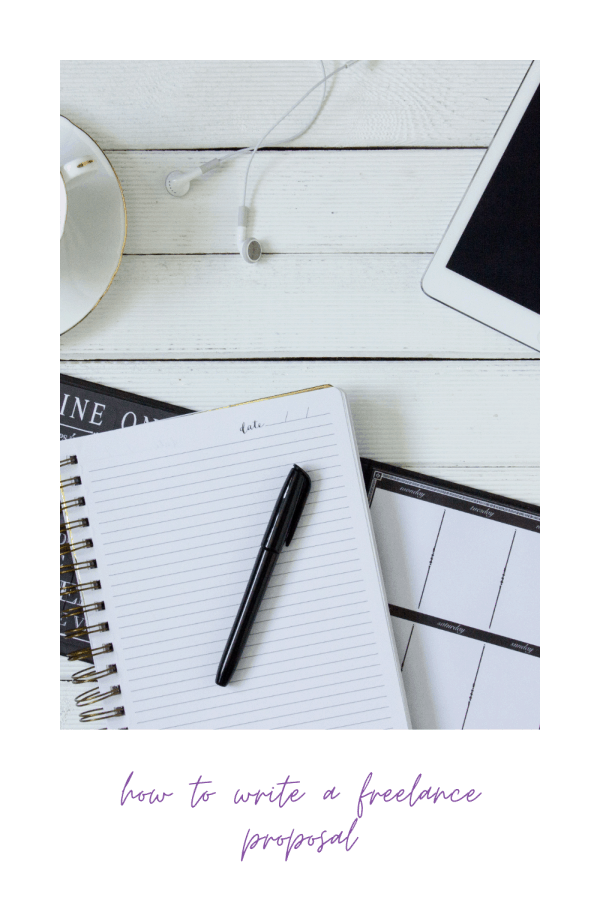* I may have affiliate links in this post. Making a purchase from one of these links earns me a commission at no additional cost to you.*
I’ve been a freelance writer for nearly 2 years now. Within that time period, I’ve had to learn how to write a freelance proposal that catches the client’s attention and makes them want to take that first step in contacting me. A mediocre pitch might be adequate for low paying freelance jobs, but you’ll find that you work a lot for not much money. If you want to learn how to write a freelance proposal that gets the good jobs, you can work less for more.
Page Contents
Use a Template, But Remember One Size Doesn’t Fit All
A template for a proposal can be a wonderful tool – when used correctly. It is important that you remember that not all companies are the same. Use a template for your proposal, but personalize it to each potential client. A clean project proposal template can help freelancers to provide organized and perfected proposals, but only when used with differentiation in mind.
Each proposal written must meet a number of criteria to be considered by quality clients. If the client thinks that the same exact proposal was sent to a competitor, they are not likely to be impressed.
Ensure Layout is Visually Captivating
A good freelance proposal layout must be appealing to the eye. One that is too bust can distract from the purpose and one that has had no thought put into it can be difficult to read. You can get my FREE template for a proposal in the box below.
In order to use this sample proposal for freelancers, please make a copy for yourself. You can then edit the document.
Short, Sweet, and to the Point
Not many companies have the time to read lengthy proposals. Many receive dozens of them and do little more than scan the information in front of them. A potential client will be appreciative of a proposal that is short but offers all of the information they need.
To accomplish this, what is offered must be attention grabbing, packed with knowledge, and concise.
Grab Attention Immediately
Most freelancers, new and experienced, know that a proposal must be attention grabbing. The question is – what makes a proposal grab a potential client’s attention? There are three components that you need to consider.

Interesting First Sentence
The first sentence of your proposal must be captivating. That sounds like a difficult job – and it can be! You don’t want to use the same first sentence for every single proposal, so you must think about the individual company that you’re pitching to. As a mom, I spend every day with the creative and imaginative minds of toddlers. Borrow some of that creativity and craft a masterpiece.
Creativity might mean starting off with a bold statement. You could use a who, what, where, when, or why question.
Consider this bold example: “Are you tired of paying top dollar for mediocre work?” It’s bold. It’s eye opening. Some might even say it’s risky. This statement will definitely get the attention of a potential client. It is also a statement that you have to be able to back up.
Provide Samples Early On
Samples prove your worth. If you’re going to ask someone to hire you for a job, you have to prove that you can do the job that they want. If you wait until the end of your proposal to share samples, the potential client may never see them.
Since proposals in 2020 are most commonly sent via email or online, it is smart to add the URLs or PDF links to the document at the beginning of the pitch. A client is more likely to read the entire proposal if they like what they see in your samples. This means you must offer high-quality samples that relate to the job you are trying to fill.
Don’t Make it All About You
You might be trying to sell yourself, but a freelance proposal cannot be all about you. Sure, you may want to tell a potential client about yourself, but only as it relates to the project. You may have a long list of accomplishments, but if they do not relate to the job at hand, you are wasting precious time.
What can you do for the company? How can you complete the job better than anyone else? These are the kinds of things about you that you should briefly share.
Explain Why Client Should Consider You
Why should the client hire you for the work ahead? It is imperative that you sell yourself in a way that matters to the client. This means you need to understand exactly what the client is looking for.
Strengths that Match Up with Their Needs (Prove You Know their Needs)
If you’ve read the job description thoroughly, you should know if you have the skills to complete the job. In sharing your strengths with the potential client, you might quickly explain how those strengths apply to their needs. If the job description is asking for a quick turnaround, you might explain your propensity for churning out high quality work quickly.
Perhaps you are a perfectionist. If the client is asking for someone that can provide an error-free deliverable, share that quality with them. Strengths are especially strong when they are needed.
“Strengths are especially strong when they are needed.”
Share Successful Projects from Previous Jobs
If you’ve had similar work experiences, tell your potential client about your success. Many companies would not mind if you shared brief details about the job and how you completed it. If you are a social media manager that helped earn a company a million followers, tell about it!
If you are hesitant to share your previous experiences with a potential new client because of respect for a previous client, simply ask for permission. The worst a previous client can do is say no.
Do Not Exaggerate Your Abilities
When you’re pitching a freelance proposal, it is so important that you can do everything that you say you can. It can get messy if you exaggerate your abilities and find yourself neck-deep in a job out of your league with no idea how to get out of it. For your professional reputation and the company you wish to work with, always be honest about your skills and experience.

Pitch the Expected Timeline and Offer Competitive Cost
Many freelancers are hesitant to pitch a timeline and cost. However, it can be imperative that the client understands exactly what you are pitching. Money is often a sensitive topic. What if you ask for too much? What if you ask for too little and undersell yourself? There’s also the question: what if something comes up and you can’t finish on time?
These are all reasonable questions. Knowing that, a freelancer should know his/ her worth. What have you been paid before? Did you feel like it was too little for the amount of work? If so, ask for more than before. It can require a lot of thought and experimentation, but you can get what you deserve out of the right clients.
If you worry about the timeline, give yourself a small buffer. That way, when you finish a few days ahead of schedule, the client will be even more pleased. If you are not sure that you can complete the project on time, do not give a false timeline. Your reputation in the freelance world can be ruined quickly.
What’s Your Process?
Nailing down a timeline can be simplified by explaining your process. If you’re a writer, how much time do you spend on research? Do you outline first or write a draft without one? How many revisions do you make? Sharing these details, albeit briefly, can help the client to understand why your timeline looks the way it does.
What Can They Expect from the Deliverable?
Inform your potential client of the expected end result. If it’s just the bare bones of what they are asking for, don’t promise more. Or, if they can expect a thorough deliverable, tell them. If you plan to go above and beyond to get them exactly what they are asking for and more, share the plan! A client should know what you are offering before they receive it.
Does Competitive Cost Mean Cheap?
Offer a competitive rate in your proposal. A competitive rate does not have to be cheap or the lowest possible price. In fact, it doesn’t even have to be discounted. However, it does need to match the deliverable that the client will be receiving. Overpriced work can cost you the job. Cheap rates can also cost you the job.
Be smart and calculate the best possible option for the client. Don’t get greedy and don’t go below your worth.

Answer Potential Questions in the Proposal
It is likely that your customer will have questions. If at all possible, think about the questions you expect them to ask you. Skip the step of them having to ask and answer those questions right there in the proposal. It can show that you’ve thought the project through and are willing to make the process easier on the customer.
Be Professional and Polite
Always, always be professional and especially polite. Rude jokes have no place in a freelance proposal. Stay away from slang or casual vocabulary. Use a professional tone and the proper salutation.
Learn About the Client
It can be a big positive if you know a thing or two about the client. Rather than addressing it to sir or madam, or the company name, or even just ‘client,’ find out the name of the person that will be considering you for the job. Using their name and knowing details about the client can help you to craft a personalized proposal that is hard to refuse.
Be Wary of Typos and Other Mistakes
Never send in a proposal riddled with spelling mistakes and grammatical errors. No matter what kind of job you are aiming for, it can be a big red flag to companies. They might even throw it away without reading the entire first paragraph.
Use a proofreader like Grammarly – the premium version is especially good at catching mistakes. I’m a big fan of it myself!
If you’re using a template, make sure you’ve completely erased the dummy information or the information of the company you used the template for last time. If doesn’t look good if a different company is addressed when the proposal is being sent to someone else entirely.
End With What Comes Next
It’s smart to inform your potential client about the next step. This helps them to visualize you as their freelance employee and can reduce the time between hiring and starting. If you share what will be accomplished in the next week or two, the client will be ready to proceed.
In learning how to write a freelance proposal, you can expect far more interaction with potential clients. A high quality proposal can result in a meeting with the client, whereas a simple proposal might not get you through the front door.
Try out the free template for a proposal I offered above and let me know in the comments how it worked for you!

